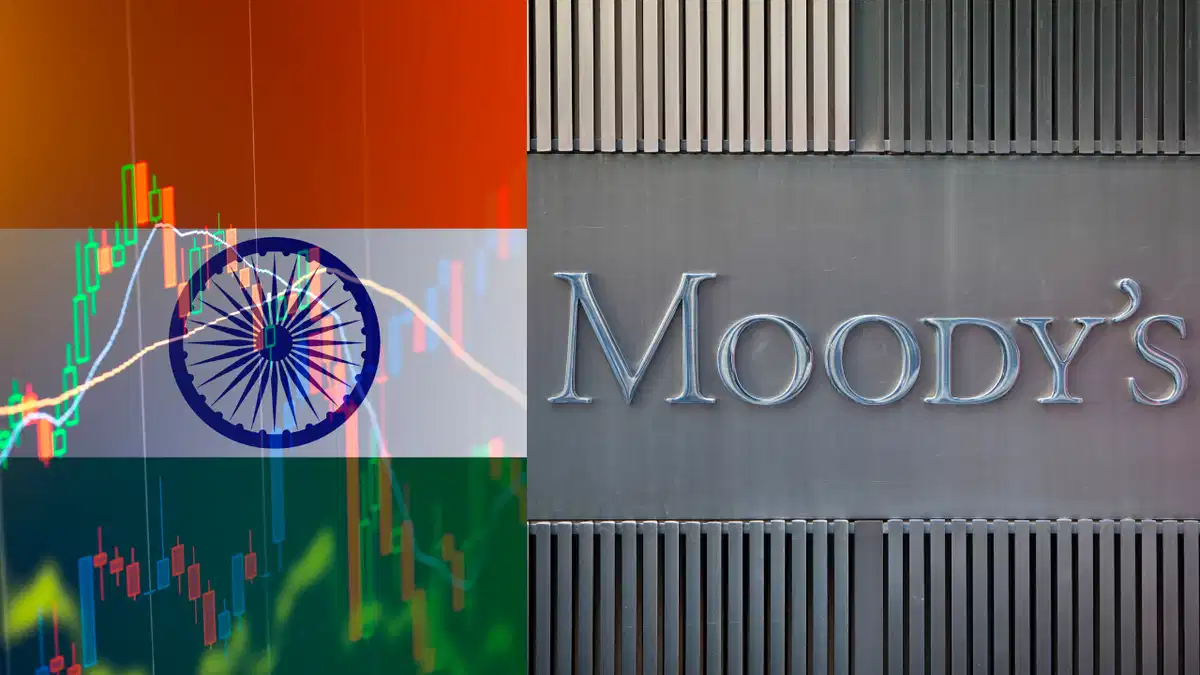Moody’s affirms India’s durable 6.5 percent growth
Moody’s expects India to sustain 6.5% annual growth through 2027, supported by investment, manufacturing and resilient consumption, even as oil prices and global headwinds persist. Markets remain optimistic with NIFTY50 and SENSEX trending firm.

Moody’s latest outlook projects India’s economy to sustain growth near 6.5% annually through 2027, reinforcing the country’s position as the world’s fastest-growing major economy. The projection comes despite external headwinds—including US-China trade tensions, tariff realignments, and elevated oil prices—that threaten emerging-market demand across Asia. India’s resilience reflects a combination of cyclical tailwinds and structural reforms that continue to reshape the economy’s supply-side capacity.
Mechanically, growth is being driven by strong public-investment momentum, robust manufacturing and a services sector undergoing technological deepening. Capital expenditure by the central government rose more than 30% Y/Y, supporting demand for cement, steel and construction services. The Production-Linked Incentive (PLI) scheme is beginning to scale, attracting supply-chain investment in electronics, pharmaceuticals and renewable components. Labour-market indicators show gradual improvement, with formalisation rising through EPFO enrolments, though youth unemployment remains a concern.
Private consumption remains steady, supported by rising urban incomes and expanding credit availability. Retail inflation has moderated within the RBI’s target band of 2–6%, offering households some relief. However, rural demand trails urban growth, reflecting uneven monsoon distribution, agrarian stress and subdued rural wage growth.
Externally, India benefits from supply-chain realignment as multinationals diversify beyond China. Export diversification into engineering goods, business services and digital trade cushioned the economy from volatility in traditional sectors such as textiles. Moody’s expects trade-related drag to remain manageable given India’s low export-to-GDP ratio compared with East Asian peers.
Financial markets reacted positively, with NIFTY50 and SENSEX maintaining upward momentum amid strong foreign-portfolio inflows. Bond markets remain stable, with 10-year yields anchored near 7.2% as investors expect the RBI to maintain a cautious stance before gradual easing in 2026.
Forward risks include oil-price spikes, monsoon variability, and global recession risks. A sharper-than-expected downturn in the US or Europe would challenge India’s services exports, a key foreign-exchange earner. Domestically, delays in state-level reforms or execution bottlenecks in capex programmes could restrict medium-term output capacity.
Moody’s baseline scenario highlights India’s structural advantage: a large domestic market, expanding digital infrastructure and improving macro-stability. If private investment accelerates through 2026, India may exceed the 6.5% trajectory.





